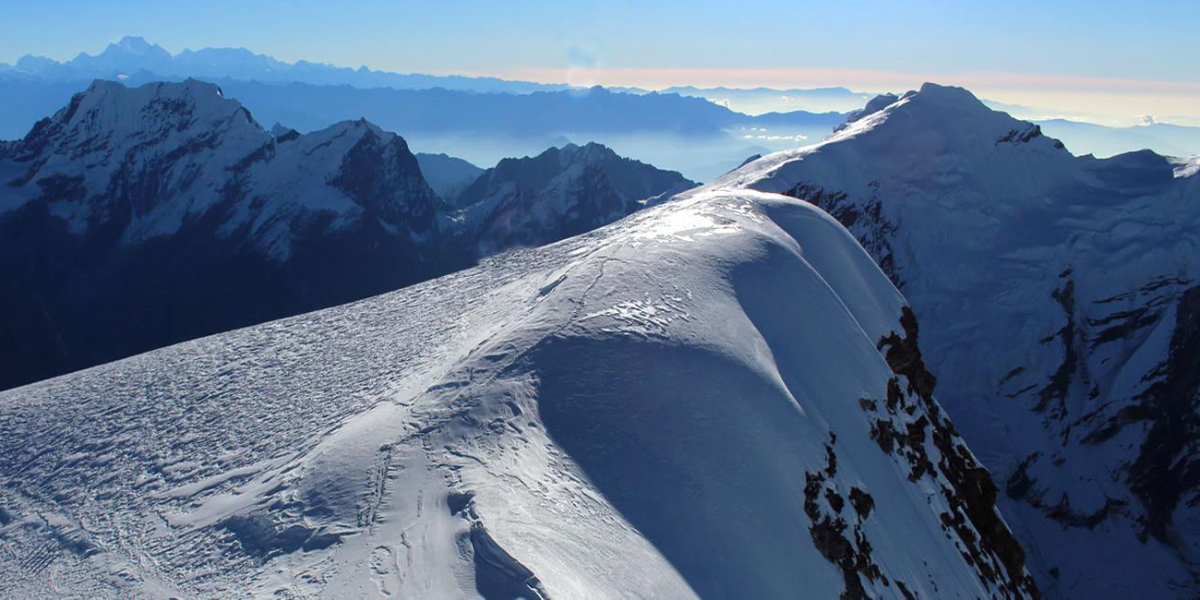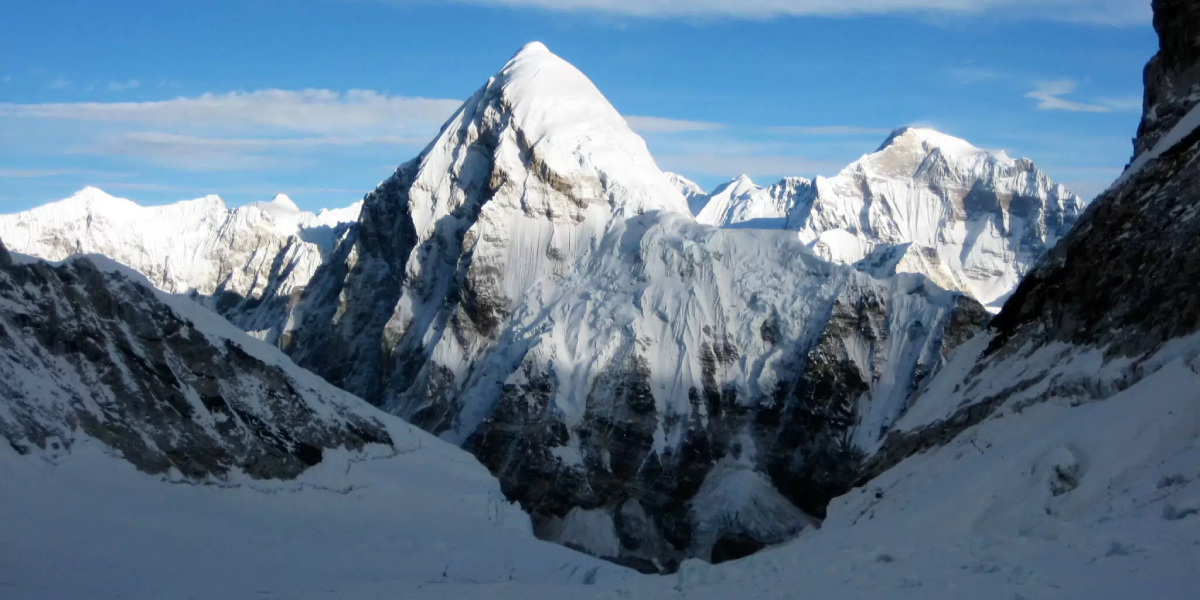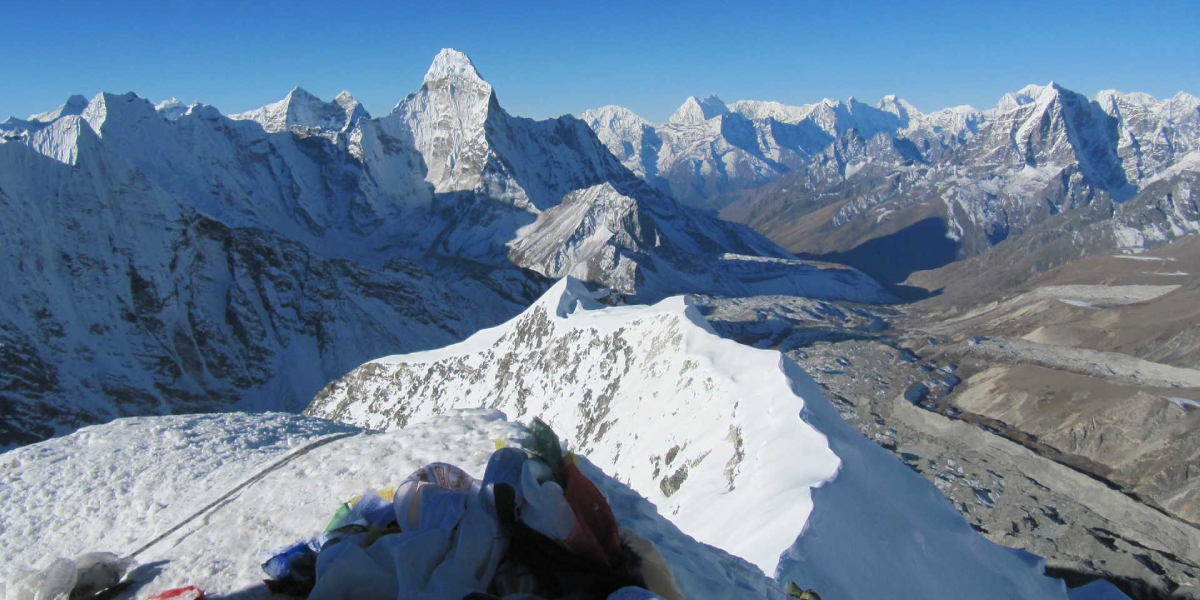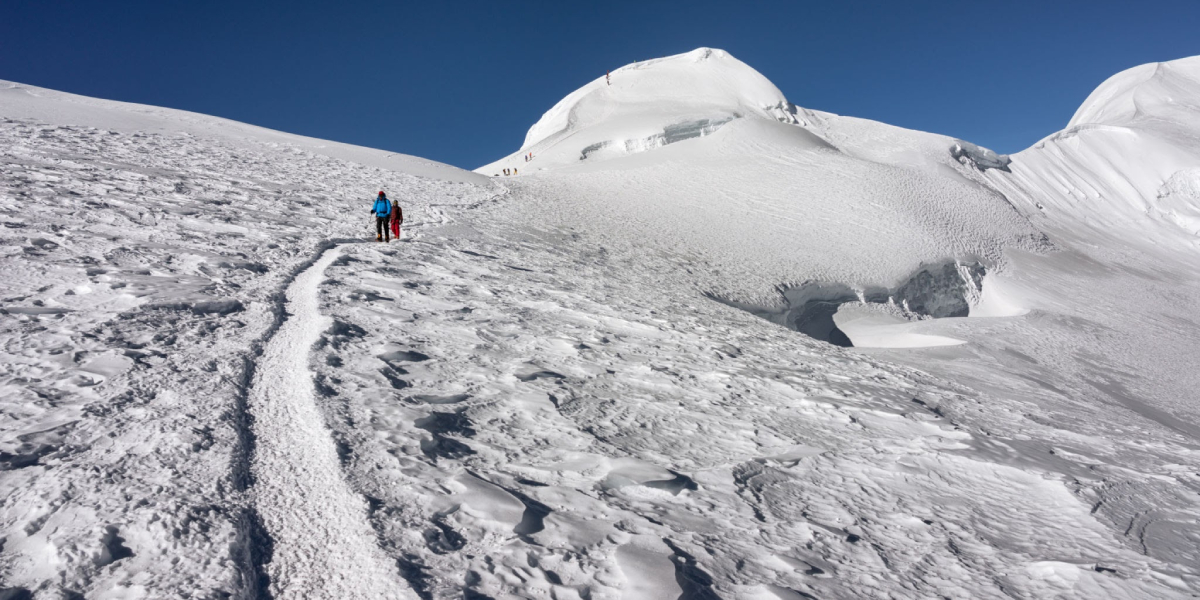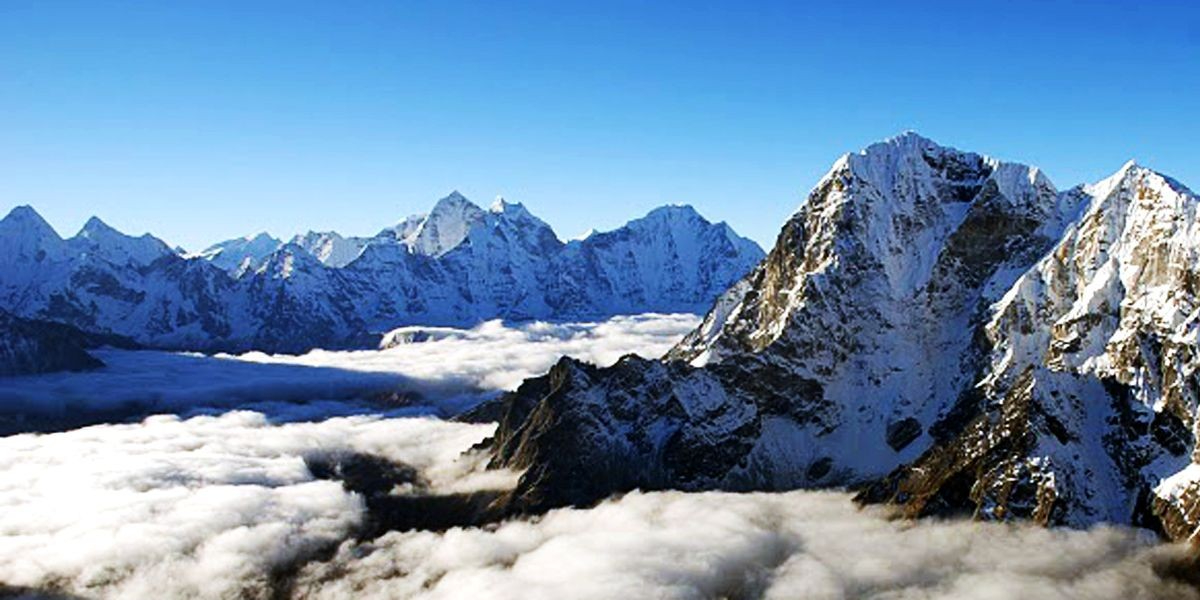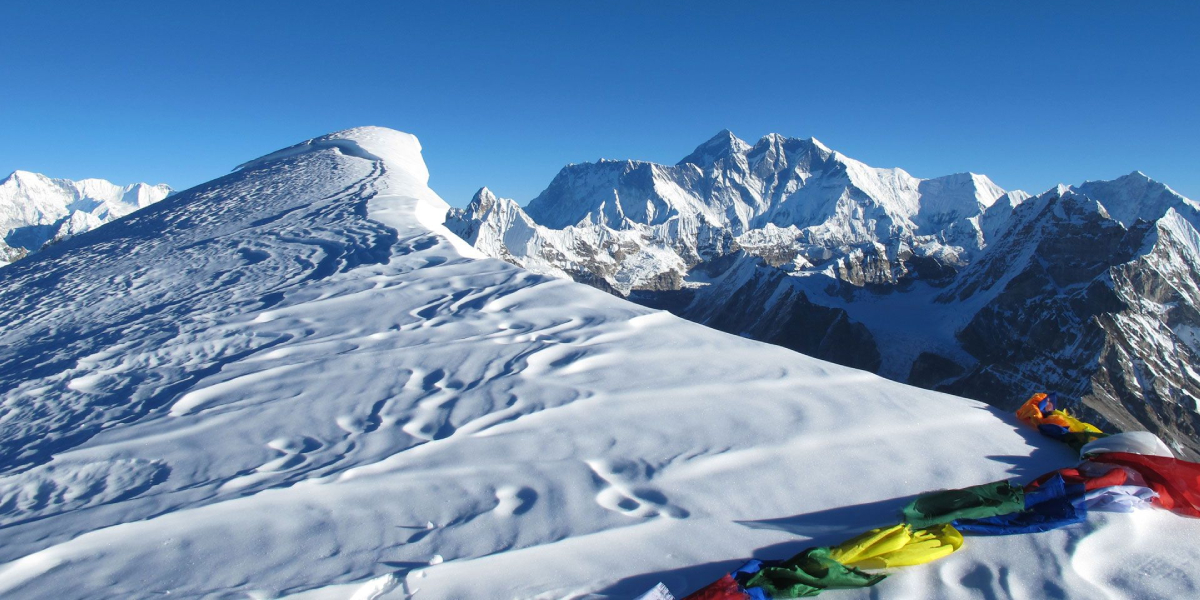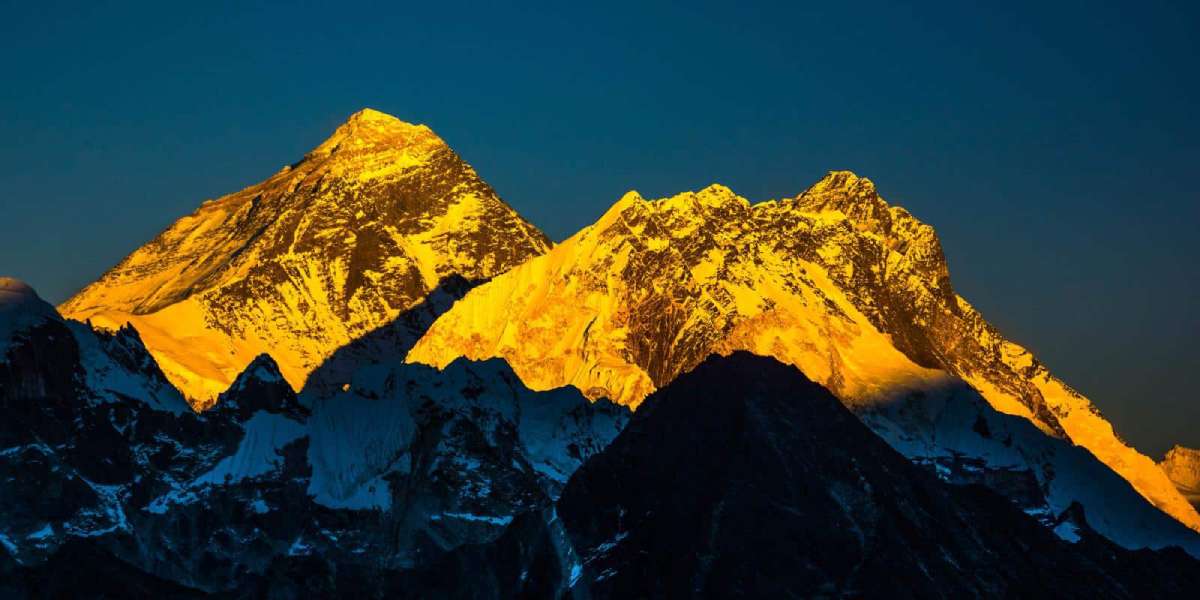
Weather in Everest Base Camp Nepal: A Complete Guide for Trekkers
Everest Base Camp (EBC) in Nepal is one of the most iconic trekking destinations in the world. However, the extreme altitude and unpredictable weather can be challenging for those who are unprepared. Understanding the weather in Everest Base Camp Nepal is crucial for planning your trek safely and enjoying the breathtaking Himalayan scenery.
Seasons and Climate at Everest Base Camp
The weather in Everest Base Camp Nepal varies greatly depending on the season. The region has a high-altitude alpine climate, which means cold temperatures and sudden changes in weather are common. Here’s a breakdown by season:
Spring (March to May)
Spring is one of the best times to trek to Everest Base Camp. The weather is relatively stable with daytime temperatures ranging from 10°C to 20°C (50°F to 68°F) at lower elevations. Snow begins to melt and rhododendron forests bloom along the trail. However, nights remain cold especially above 4,000 meters, often dropping below freezing.
Summer/Monsoon (June to August)
The monsoon season brings heavy rainfall to the lower regions of Nepal. Trekking to Everest Base Camp during this time is challenging due to slippery trails, leeches and landslides. Cloud cover often hides the stunning mountain views but temperatures are warmer, ranging from 15°C to 25°C (59°F to 77°F) in the lower regions. Higher altitudes experience snow and strong winds.
Autumn (September to November)
Autumn is the most popular trekking season in Nepal. Clear skies and stable weather make it ideal for reaching Everest Base Camp. Temperatures during the day range from 5°C to 15°C (41°F to 59°F) at higher altitudes while nights are cold and can drop to -10°C (14°F) or lower. This season offers the best mountain views and minimal rainfall.
Winter (December to February)
Winter treks are for the experienced. Temperatures at Everest Base Camp can drop below -20°C (-4°F) and strong winds make conditions harsher. Snowfall can block trails and some teahouses may be closed. Despite the challenges, winter offers solitude, crisp air and incredible views for trekkers who are well-prepared.
Daily Temperature and Weather Conditions
The weather at Everest Base Camp can change drastically within a single day. Early mornings are often extremely cold while midday temperatures can rise with direct sunlight. Storms and sudden snowfalls are possible at any time so trekkers should always carry layered clothing, waterproof gear and insulated sleeping bags.
| Altitude | Day Temperature | Night Temperature |
|---|---|---|
| Lukla (2,800 m) | 10°C – 18°C | 0°C – 5°C |
| Namche Bazaar (3,440 m) | 5°C – 15°C | -2°C – 3°C |
| Everest Base Camp (5,364 m) | -10°C – 5°C | -20°C – -15°C |
Tips for Trekking in Everest Base Camp Weather
- Layer Your Clothing: Thermal base layers, fleece and down jackets are essential
- Check Weather Updates Regularly: Conditions can change quickly especially at higher altitudes
- Acclimatize Properly: Cold weather combined with high altitude can lead to altitude sickness. Take rest days seriously
- Carry Waterproof Gear: Rain and snow are common even in spring and autumn
- Start Early: Daytime offers better visibility and slightly warmer temperatures
The weather in Everest Base Camp Nepal is a mix of cold, wind and stunning alpine beauty. Proper planning and understanding of seasonal conditions can make your trek safer and more enjoyable. Spring and autumn are generally the best seasons to attempt the trek, offering clear skies, manageable temperatures and incredible Himalayan views.
No matter the season, always respect the mountain environment and prepare for sudden changes in weather. With the right gear, knowledge and precautions, your journey to Everest Base Camp will be an unforgettable adventure.

